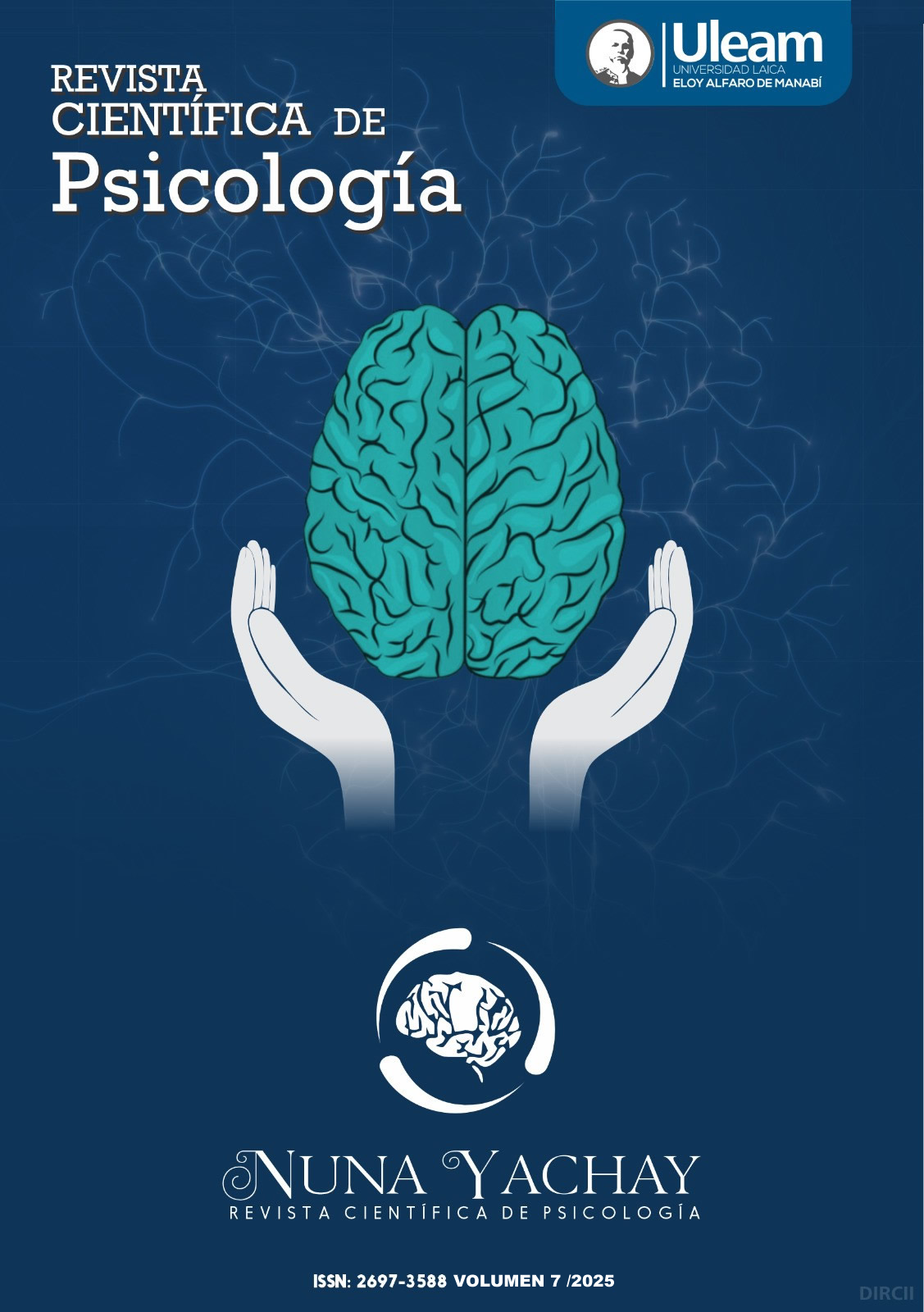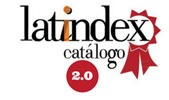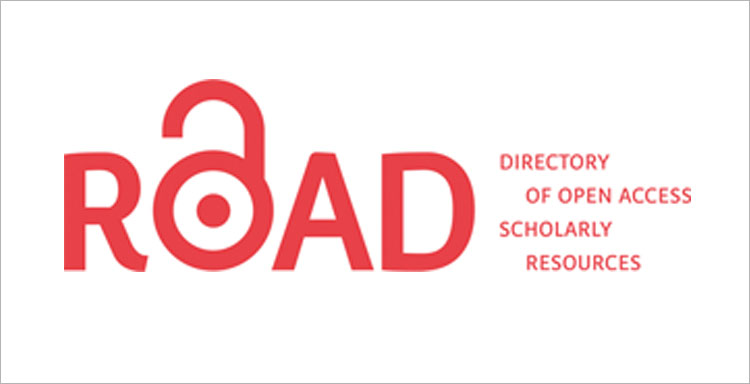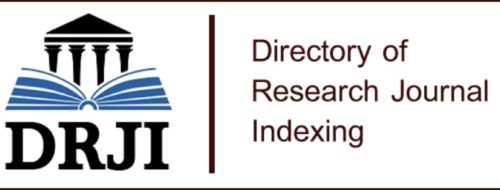Strategy to support the learning process of students with Autism Spectrum Disorders.
DOI:
https://doi.org/10.56124/nuna-yachay.v7i13.004Keywords:
Inclusive Education, Autism Spectrum Disorders (ASD), Inclusive Strategies, Student LearningAbstract
The research aimed to design a strategy to support the learning of students with Autism Spectrum Disorder (ASD) at the Santa Ana Private Educational Unit. This was a non-experimental study with a mixed approach and a descriptive scope. Observations were conducted on students, identifying difficulties in social interaction, academic autonomy, and cognitive flexibility. Teachers were also interviewed, which identified limited training, a lack of knowledge of inclusive tools, and insufficient collaboration between school and family. A strategy called "Inclusion Circles" is proposed. This strategy seeks to promote the comprehensive development of students with ASD through ongoing training, collaborative work, and community awareness. This strategy includes activities such as workshops, parent meetings, and the redesign of adapted spaces, based on principles of inclusive education and school-family collaboration. Specialists positively evaluated the strategy, highlighting its potential to improve inclusion and learning in students with this condition
Downloads
References
Ainscow, M. (2024). Developing inclusive education systems: The role of local education authorities. International Journal of Inclusive Education, 9(3), 201-214.DOI: 10.1080/1360311042000251861
American Psychiatric Association. (2023). Diagnostic and statistical manual of mental disorders (5th ed.). American Psychiatric Association. DOI: 10.1176/appi.books.9780890425596
Anderson, H. (2018). Estrategias para mejorar la participación social en estudiantes con TEA. Teaching Exceptional Children, 50(1), 45-53. https://doi.org/10.1177/0040059918759087
Brown, J., McLaughlin, T. F., & O'Reilly, M. (2019). The role of individual education plans in the education of students with autism. International Journal of Special Education, 31(2), 123-132. DOI: 10.1080/1034912X.2016.1150920
Brown, L., Smith, K., & Green, P. (2022). Fortalecimiento de habilidades cognitivas y sensoriales en estudiantes con TEA: Intervenciones efectivas. Journal of Autism and Developmental Disorders, 52(4), 567-580. https://doi.org/10.1007/s10803-021-05023-4
Clark, D., Nguyen, T., & Patel, S. (2019). Apoyo docente y autonomía académica en estudiantes con TEA. International Journal of Special Education, 34(2), 112-120. https://doi.org/10.1177/2158244019834567
Feo, R. (2010). Orientaciones básicas para el diseño de estrategias didácticas. https://doi.org/10.14201/scero2022531115135
Jones, C. (2021). Niveles de interacción social en estudiantes con TEA en actividades grupales. International Journal of Inclusive Education, 25(3), 234-245. https://doi.org/10.1080/13603116.2020.1811234
Johnson, P. (2018). Impacto de intervenciones en la flexibilidad cognitiva de estudiantes con TEA. Journal of Autism and Developmental Disorders, 48(6), 1789-1798. https://doi.org/10.1007/s10803-018-3521-4
Kanne, S. M., Abbacchi, A., & Gritti, M. (2020). Aggression and self-injury in children with autism spectrum disorders: An examination of demographic, clinical, and contextual factors. Journal of Autism and Developmental Disorders, 39(4), 486-495. DOI: 10.1007/s10803-008-0655-0
Kroeger, K. A., & Thurlow, M. L. (2023). The use of functional behavioral assessment and positive behavioral support with students with autism spectrum disorders. Teaching Exceptional Children, 38(5), 36-41. DOI: 10.1177/004005990603800505
Lopez, M. (2020). Mejorando la autonomía en tareas académicas de estudiantes con TEA: Un enfoque práctico. Journal of Learning Disabilities, 53(3), 234-242. https://doi.org/10.1177/0022219420901234
Mandy, W., Chilvers, R., & Chowdhury, U. (2024). The relationship between gender and autism: A review of the literature. Journal of Autism and Developmental Disorders, 46(5), 1655-1670. DOI: 10.1007/s10803-016-2715-3
Mendoza, Y. D. S. (2017). Aprendizaje autónomo y competencias. Dominio de las Ciencias, 3(1), 241-253. educacionespecial.sep.gob.mx/storage/recursos/2023/05/pc2cJuWof6-1Libro_Autismo.pdf.
Miller, R. (2020). Autonomía académica en estudiantes con TEA: Un estudio longitudinal. Journal of Special Education, 54(2), 98-110. https://doi.org/10.1177/0022466919876543
Moretta, P. Y. (2020). El proceso de aprendizaje: fases y elementos fundamentales. Revista San Gregorio, (11), 70-81. https://www.unirioeditora.com.ar/wp-content/uploads/2022/03/Autismo-descubriendo-sus-colores-Libro-digital.pdf
Murray, M. J., & O’Connor, D. (2024). Behavioral interventions for students with autism: A review of the literature. Journal of Special Education Leadership, 27(2), 68-80.
Parra, D. J. L., & Luque-Rojas, M. J. (2020). Discapacidad intelectual: Consideraciones para su intervención psicoeducativa. Wanceulen SL.
Rosales, J. (2024). Estrategias didácticas. Universidad Nacional Autónoma de México. http://dcb.fi-c.unam.mx/Eventos/Foro4/Memorias/Ponencia_17.pdf
Smith, J., Doe, A., & Brown, B. (2019). Fluctuaciones en el comportamiento y atención de estudiantes con TEA en entornos educativos. Journal of Autism and Developmental Disorders, 49(5), 1234-1245. https://doi.org/10.1007/s10803-019-03945-6
Schlosser, R. W., & Wendt, O. (2022). Effects of augmentative and alternative communication intervention on speech production in children with autism: A systematic review. Journal of Speech, Language, and Hearing Research, 51(1), 59-72. DOI: 10.1044/1092-4388(2008/04-0074)
Sigafoos, J., O’Reilly, M., & Carr, T. (2023). The use of visual supports to teach children with autism. Journal of Intellectual & Developmental Disability, 28(2), 169-176. DOI: 10.1080/1366825031000147056
Tager-Flusberg, H. (2024). Language and communication in autism. In F. R. Volkmar, R. Paul, & A. Klin (Eds.), Handbook of autism and pervasive developmental disorders (4th ed., pp. 30-56). Wiley. DOI: 10.1002/9780470939345.ch2
Vera Arcentales, F. O. (2020). La importancia del proceso de enseñanza-aprendizaje y la evaluación diagnóstica. ATLANTE Cuadernos de Educación y Desarrollo. DOI:10.14201/scero2022531115135
Wehmeyer, M. L., & Gragoudas, S. (2024). The role of special education in facilitating inclusion: A review of the literature. Journal of Special Education Leadership, 27(1), 10-21. https://doi.org/10.26820/78-9942-622-11-2
Williams, J., Taylor, R., & Davis, M. (2021). Respuestas a estímulos y flexibilidad cognitiva en estudiantes con TEA. Research in Developmental Disabilities, 108, 103790. https://doi.org/10.1016/j.ridd.2020.103790
Published
How to Cite
Issue
Section
License
Copyright (c) 2025 Revista Científica y Arbitrada de Psicología NUNA YACHAY - ISSN: 2697-3588.

This work is licensed under a Creative Commons Attribution-NonCommercial-ShareAlike 4.0 International License.






3.jpg)











